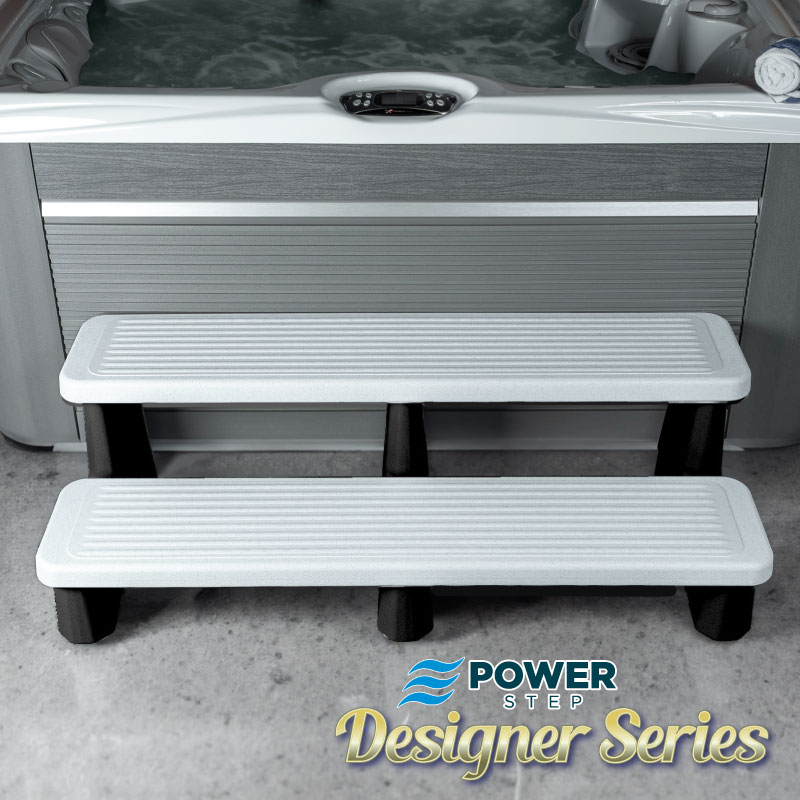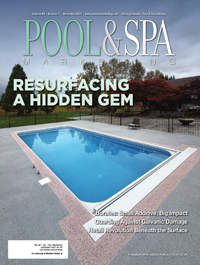Health benefits you should be sharing with your customers
Improving cardiac function

During warm water immersion, heart rate and blood pressure typically drop, peripheral circulation increases, and the efficiency of the cardiovascular system improves. These effects have been translated into a number of studies of individuals with heart disease, showing the significant benefits of both simple immersion and aquatic exercise performed in a warm water environment for these populations.

Cardiac function improves because the heart does not have to exert as much force to circulate blood throughout the body thanks to reduced vascular resistance and a slower heart rate. In fact, several studies conducted to assess the impact of warm water exercise—based on a frequency of three times per week—showed a lasting benefit. It is unfortunate this is so poorly recognized within the health care industry, because if it were, overall public health would improve and healthcare costs would likely be reduced.
Relieving acute and chronic joint pain
Another common, well-researched public health issue is arthritis. For centuries, warm water immersion has been used for the management of both acute and chronic joint pain. A number of studies conducted in the last 50 years have shown positive effects on both arthritic pain and function through warm water aquatic exercise, while the benefits of simple, static warm-water immersion have received less attention.
Simple immersion produces hydrostatic pressure on the body, which is the driving force to decrease joint swelling—both in acute arthritis as well as in post-operative joints—particularly in the knees, ankles and hips. As a result, this can facilitate pain reduction and increase joint movement.
Immersion also produces buoyancy, which off-loads weight from joints and further reduces pain to enable the performance of strengthening exercises. This, in turn, helps to improve balance, co-ordination, endurance and overall quality of life. In fact, as a result of these combined benefits, many studies of individuals with arthritis have shown sustained improvements in pain levels, gains in functional abilities, and improvements in mood and self-confidence.
Treating fibromyalgia
While not a joint-specific problem, fibromyalgia is categorized within the same category as arthritic diseases. The actual cause of this disorder remains unknown and, for some, the available drug therapies can be problematic, resulting in significant side effects. As a result, this leaves fibromyalgia patients with limited options for treatment.
Similar to the benefits of warm-water immersion for arthritis sufferers, a substantial number of studies performed on patients with fibromyalgia have shown warm-water exercise as well as simple immersion to be beneficial for muscle pain, strength, endurance, and overall health. It is quite safe to say no other medical intervention currently available for fibromyalgia offers such substantial benefits with so few side effects or such little risk.
| INFORMATION |
|---|
| For more information on the ‘Science behind the soak,’ visit the National Swimming Pool Foundation’s (NSPF’s) YouTube channel, http://www.youtube.com/user/NSPFSwimPoolFnd to view a six-part series of Bruce E. Becker’s 2011 World Aquatic Health Conference presentation. |
Increasing the recognition of aquatic therapy
While the benefits of aquatic therapy have been recognized since prehistoric times, it is surprising there has been so little established within modern-day society, general medical practice, and research funding opportunities.
Unfortunately, for both general public health and the economic value of the industry, it is far easier to find federal funding for complex medical technology than for aquatic health benefits. While knowledge of the value of warm-water immersion is emerging, the level of public recognition remains low. To change this, the industry needs to work aggressively to improve public awareness by using science, the media, and being proactive.
Bruce E. Becker, MD, MS, an internationally recognized expert in the field of aquatic therapy, is a clinical professor in the Department of Rehabilitation Medicine at the University of Washington, and an adjunct research professor at Washington State University where he directs the National Aquatics & Sports Medicine Institute. He is the editor and co-author of Comprehensive Aquatic Therapy, and has written, researched and lectured extensively in the field of aquatic therapy for more than 30 years. Becker also serves as the director of aquatic health benefit research at the National Swimming Pool Foundation (NSPF) and is a frequent presenter at the World Aquatic Health Conference (WAHC). To view his seminars online, visit www.nspf.org. Becker can be reached via e-mail at aquaticdoc@msn.com.




